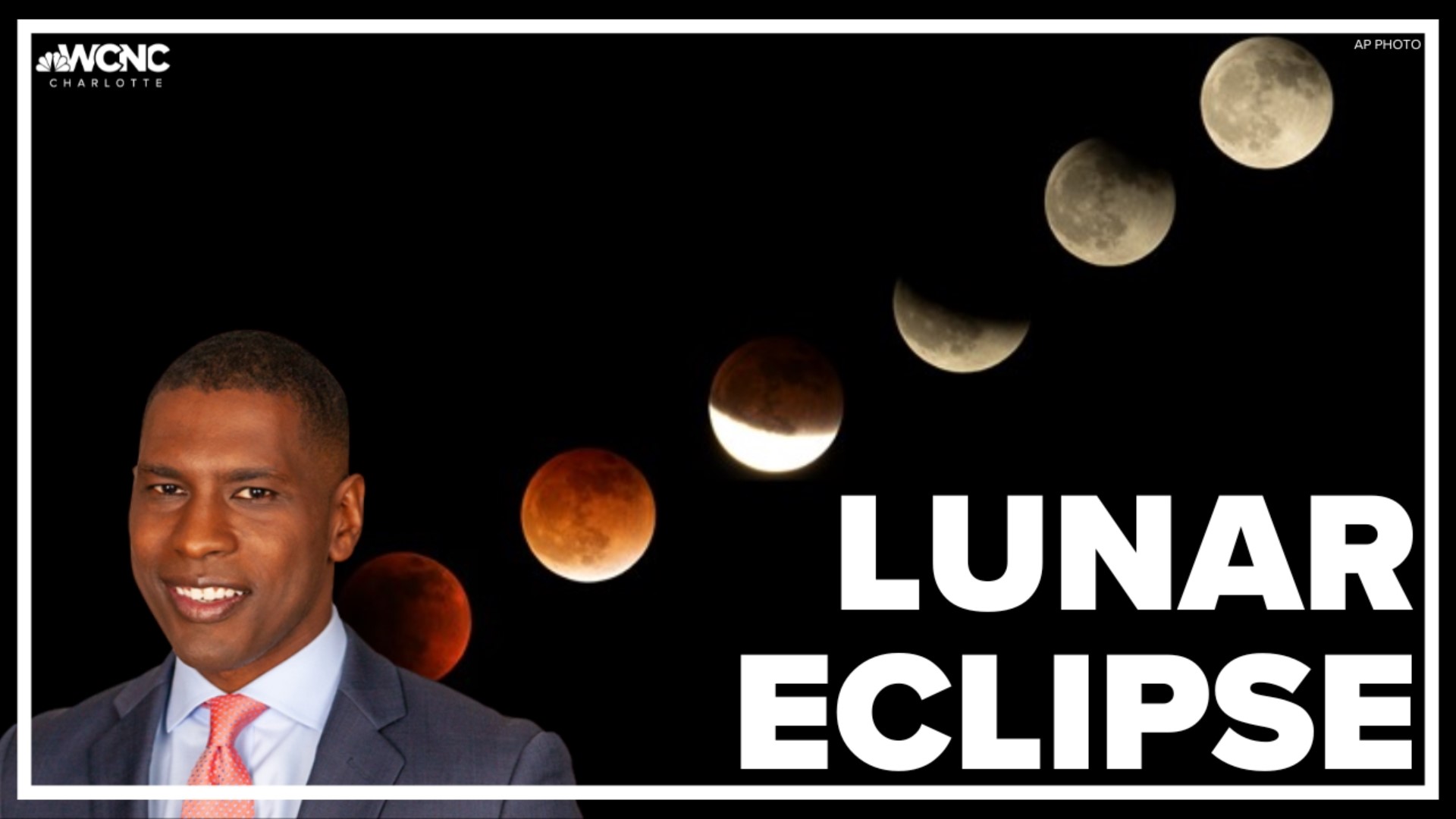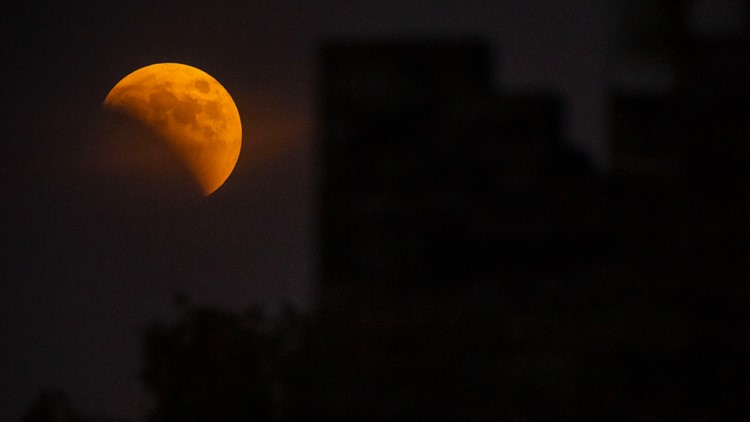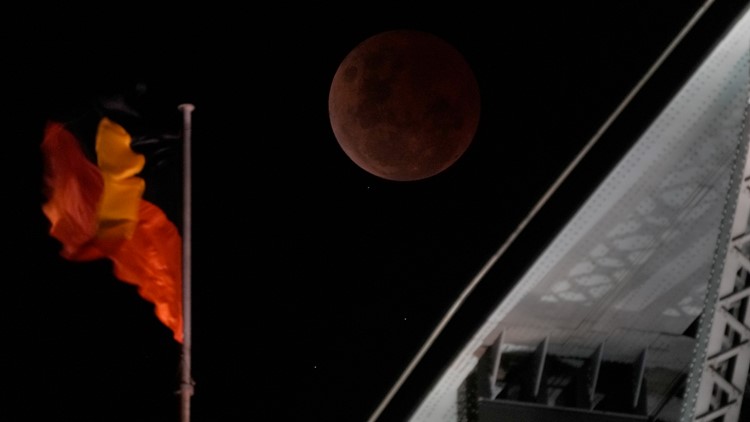People in the United States and across several continents got a jaw-dropping sight early Tuesday — the last total lunar eclipse until 2025.
Missed it due to cloudy weather, or just a good night's sleep? Check out the photo gallery below or replay a livestream. Plus, read on to learn why the "blood moon" turns red and when to catch the next one.
When is the next lunar eclipse?
NASA says the next total lunar eclipse is on March 14, 2025. That one will be visible across North and South America, as well as Western Europe and Africa. Mark your calendar! Luckily, the world has some partial lunar eclipses to look forward to before then.
PHOTOS: Tuesday's lunar eclipse, 'blood moon'
People in Africa, Asia and Australia will see a penumbral lunar eclipse on May 5, 2023. NASA says this type of eclipse happens when the moon slips through Earth's penumbra — the faint outer part of its shadow — and dims slightly: "If you don’t know this one is happening, you might miss it."
On Oct. 28, 2023, people in Europe, Africa, Asia and Australia will see a partial lunar eclipse. The Americas get a penumbral eclipse on March 25, 2024, and the Americas, Europe and Africa get a partial lunar eclipse on Sept. 18, 2024.
Why does the moon look red?
For the same reason our sky looks blue. NASA says thanks to its longer wavelength, red light is harder for Earth's atmosphere to scatter than blue light. During a lunar eclipse, only red light manages to shine all the way through Earth's atmosphere and reflect off the moon's surface. It'll look even redder if there's a lot of dust and clouds in the air.
"It’s as if all the world’s sunrises and sunsets are projected onto the Moon," a NASA description says.













